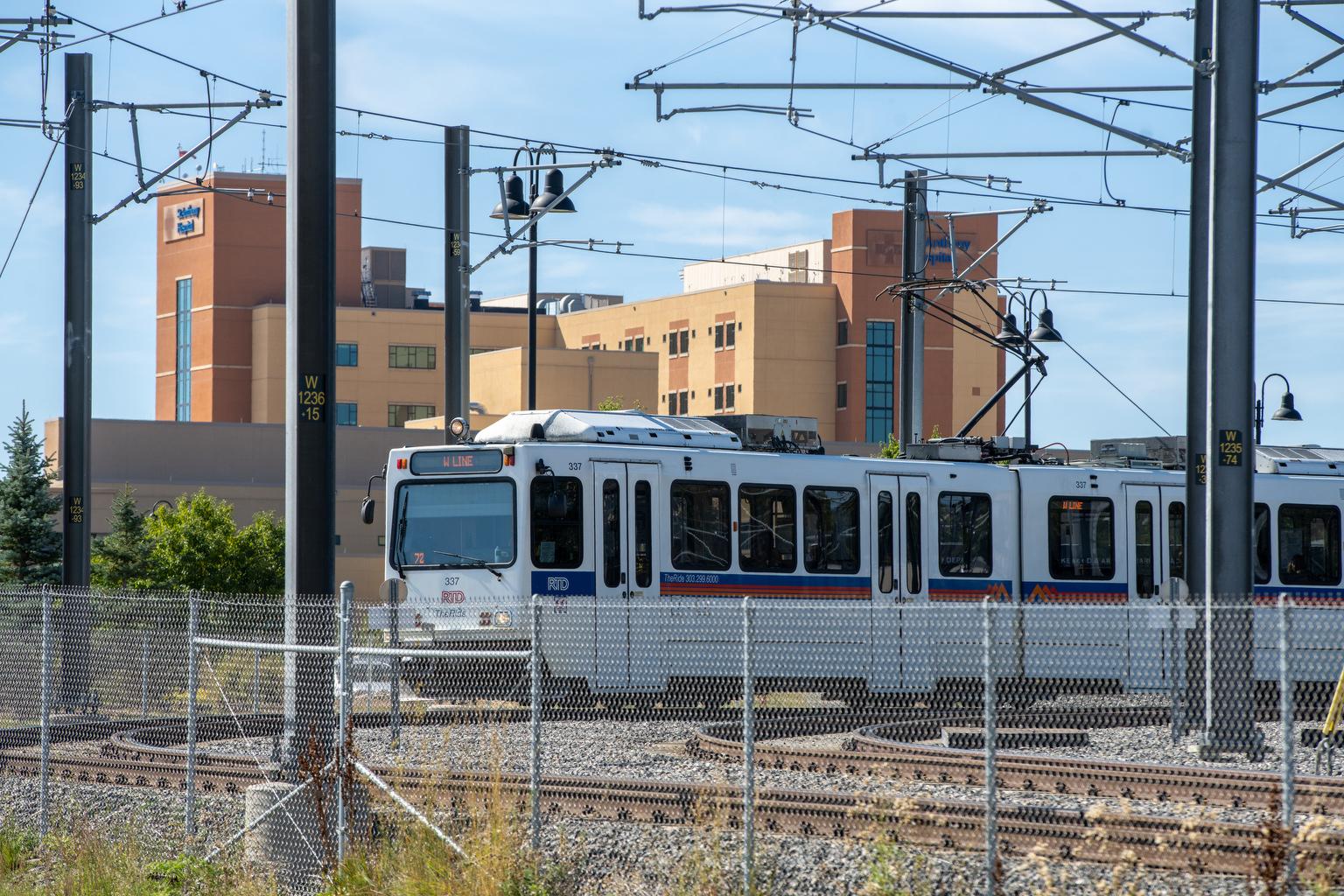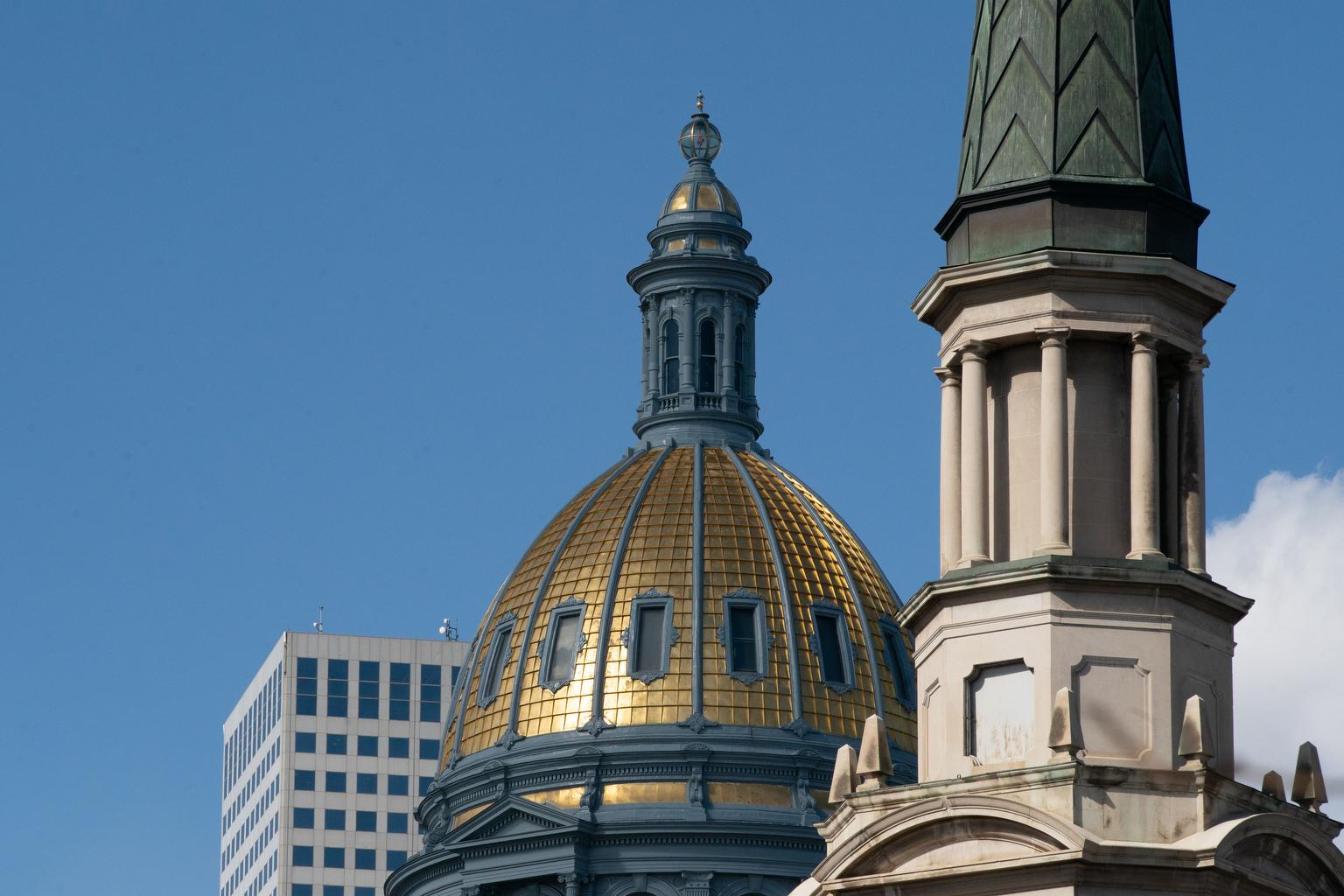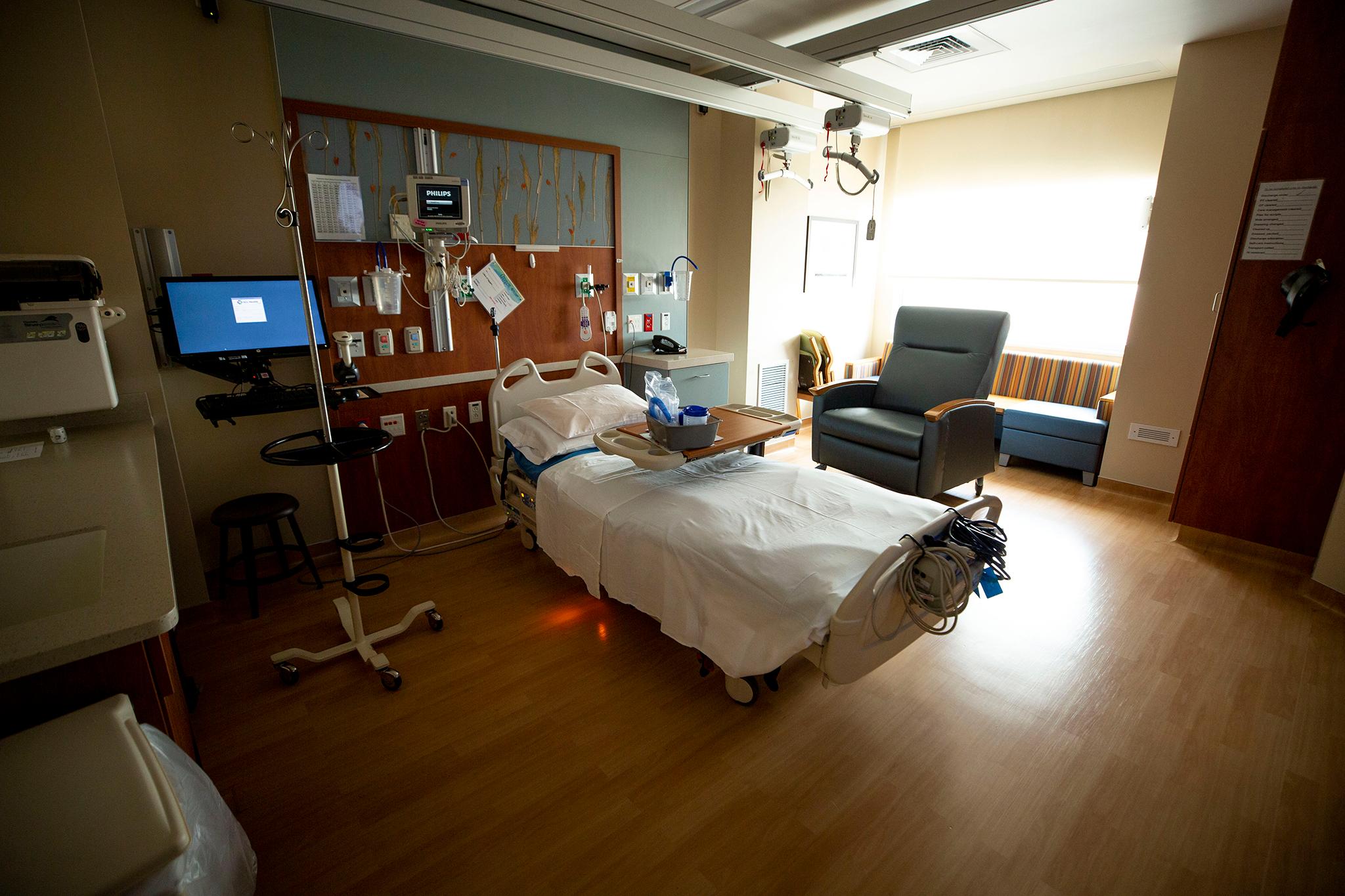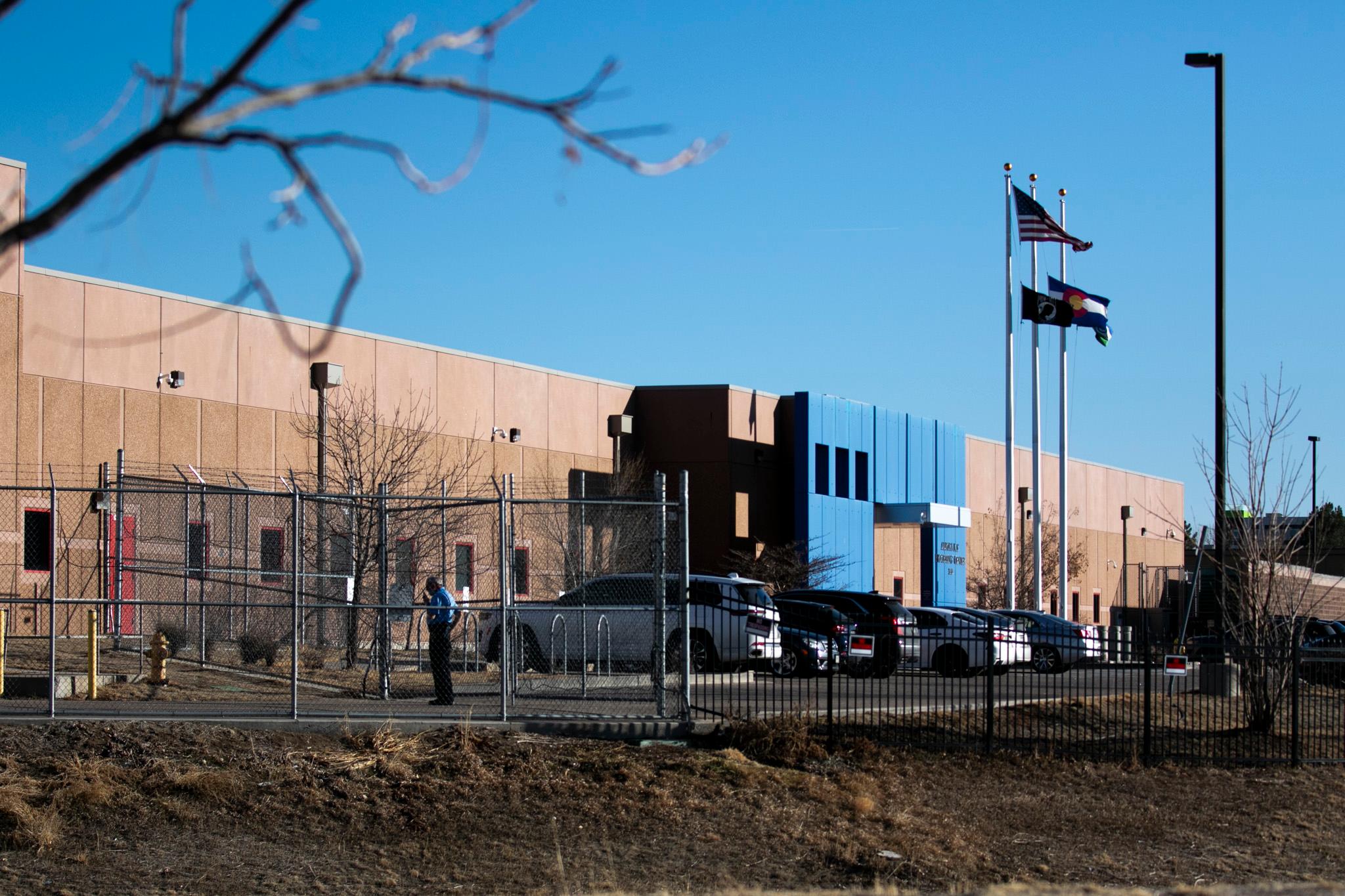
Free rides on Regional Transportation District (RTD) buses and trains in July and August pushed up the agency’s passenger counts and contributed to an estimated reduction of about 9 million vehicle miles traveled, according to an analysis commissioned by the district.
Shifting more commuters to trains and buses led to a drop of 6.1 million pounds of greenhouse gases and more than 2,000 pounds each of nitrous oxide and volatile organic compounds, both of which contribute to local ozone pollution, the report estimates.
Policymakers, environmental advocates, and air quality experts say those figures are evidence that the state’s fledgling free transit program, which aims to reduce driving and its related emissions during smoggy months, was a success.
“This report continues to show that when we invest in public transit and make it easier to use, the number of people riding increases,” said Sen. Faith Winter, D-Broomfield, a legislative champion of fare-free transit.
But the reductions in driving and pollution are also relatively tiny when compared to the overall scale of the problem for Colorado’s transportation sector, which is the state’s largest single source of planet-warming emissions.
Free rides reduced driving in the Denver region by 145,393 miles per day, the report estimates. That’s just 0.17 percent of the estimated 83 million miles traveled daily. And the 6.1 million pounds of greenhouse gas emissions saved pale compared to the 12.7 million metric tons the state is trying — and struggling — to eliminate by 2030.
Winter cast the reductions as significant and said they show the needle is moving in the right direction.
“That matters,” she said. “It matters to the climate and it matters to our air quality and it's a start. Everything starts small and you grow from there. And I see a lot of room for growth.”
Mike Silverstein, executive director of the Regional Air Quality Council, which contributed analysis for the report, agreed with that sentiment.
“We don't think it's minimal,” Silverstein said of the estimated pollution reduction figures. “I mean, it is from a numbers perspective in pounds or tons. But it is part of our education and outreach effort to get folks to think differently about how they get around.”
State officials declared 37 ozone action alert days for the north Front Range in 2023 — the fewest since 2019. Silverstein credited that to weather conditions, namely a cooler, wetter spring that made it difficult for ozone to form.
In general, he said, it’s difficult to measure the impact of air quality strategies like free transit apart from estimating them through modeling.
“The strategy of this nature simply isn't large enough emissions for the model to detect change,” Silverstein said.
Governments have long wanted citizens to ditch their cars. But they also make it difficult to do so.
State, regional, and local leaders have for years talked up progressive, climate-forward transportation plans that envision a significant shift away from personal vehicles and toward biking, walking, and public transit. In the 1970s, they even made RTD rides free to help reduce air pollution.
But those plans face a difficult truth: It’s almost always faster to drive somewhere in Colorado than it is to get there by any other method. That’s because, despite recent shifts, governments here have long prioritized highway building and suburban sprawl over more environmentally friendly ways of living and moving. This reliance on cars is the top reason the state is very likely to miss its first climate goals.
That’s why census data show most Coloradans drive alone to work and a big reason why RTD’s suburban-focused FasTracks rail line expansions have seen disappointing ridership so far. Even the 1970s-era free fare program, which reduced daily vehicle miles traveled by just 0.5 percent, was deemed to be “not a very effective strategy” to improve air quality.
Transit isn’t the only air quality and climate strategy in which the state is investing. It’s also pouring millions of dollars into incentives meant to sway drivers to electric vehicles. But their tires can still cause local air pollution, and they contribute to traffic as much as a typical gas guzzler.
So, while transit could make a “real difference” in reducing driving and its associated problems, Silverstein said, there needs to be much more of it.
“You'd need a transit system that serves thousands of times what RTD is presently capable of serving,” he said.
However, RTD’s service levels are still much lower than in 2019.
The agency has been offering about 70 percent of its pre-pandemic service levels since September 2021. That means once-frequent buses and trains come less often, and some routes have been cut entirely.
RTD is not trying to restore all of the services it cut either. Agency leaders are slowly revamping the transit network to shift resources to where people are still riding in large numbers. Their budget allows for only 85 percent of the service RTD offered in 2019, and an ongoing driver shortage has slowed service restoration too.
And RTD officials said they are “no longer comparing” current services to those from before the pandemic.
“Work patterns have changed, and they will likely stay changed, so it doesn't make sense to compare today's work patterns to pre-pandemic work patterns and the levels of service it took to get customers to work,” agency spokesperson Marta Sipeki wrote in an email.
However, researchers with the Urban Institute who studied how transit agencies are recovering from the pandemic say some of RTD’s peers around the country are doing a far better job of prioritizing service restoration. In Cincinnati, for example, ridership and service levels have exceeded pre-pandemic levels after voters approved a funding boost in 2020.
Under General Manager and CEO Debra Johnson, who took over the reins in 2020, RTD has been using extra cash to pay down its substantial debt load and tackle a long list of maintenance projects the agency put off during its FasTracks expansion years.
“I am trying to make a tasty pitcher of lemonade with a big bag of salt and some moldy lemons,” Johnson said at a local panel discussion in August.
But Urban Institute researchers Yonah Freemark and Lindiwe Rennert said the agency’s approach could lead to a plateau in ridership and frustration among citizens and other important stakeholders — and possibly hurt RTD’s long-term financial and political health.
“If the goal of a transit agency were to serve as a bank, then Denver RTD would be a model,” said Freemark. “But … a transit agency is not there to be a bank. A transit agency is there to be a service provider. And if the agency is not able to provide service, then that should raise questions about its performance.”
Asked to comment on the Urban Institute’s report, an RTD spokesperson said the agency is focused on getting “back to the basics.”
Meanwhile, Sen. Winter is pushing for new state money to expand service and reshape cities.
She’s working on a bill that would increase state transit funding and incentivize — or perhaps even mandate — local governments to allow more density and affordable housing near transit corridors.
She also hopes to make the ozone season free fare program permanent and expand a free fare program for youth riders.
“I think you're going to see a lot more promotion of transit during this legislative session,” she said.
Better transit is vitally important to the state meeting its climate goals and to Front Range communities trying to meet federal air quality standards, said Ean Thomas Tafoya, Colorado state director for the environmental advocacy group GreenLatinos.
But for transit to work, he said, policymakers need to lean into making the entire experience better. That could include addressing tangible things like adding or improving bus shelters and bathrooms to tackling much bigger societal issues.
“We are still recovering from Covid,” he said. “We're still suffering with, to be quite frank, large issues with addiction that is also not a responsibility of RTD, but a responsibility of society as a whole and that's contributing to people's perception around transportation as well.”
Tafoya noted that RTD’s report shows that free fares had secondary benefits beyond cutting emissions. Riders saved money. Buses moved faster because they didn’t have to wait for passengers to pay. Certain crimes were down — though some were up — and drivers saw fewer fare disputes.
“If we can build a system that works for people, people will use it,” he said.
- Why is Colorado off track to miss its first big climate goals? Short answer: cars
- To improve air quality, Colorado Democrats are poised to fund a free public transit program. RTD’s past suggests it won’t help much
- RTD wanted the G Line to reach downtown Golden, but that didn’t happen. Now a free shuttle is ending









